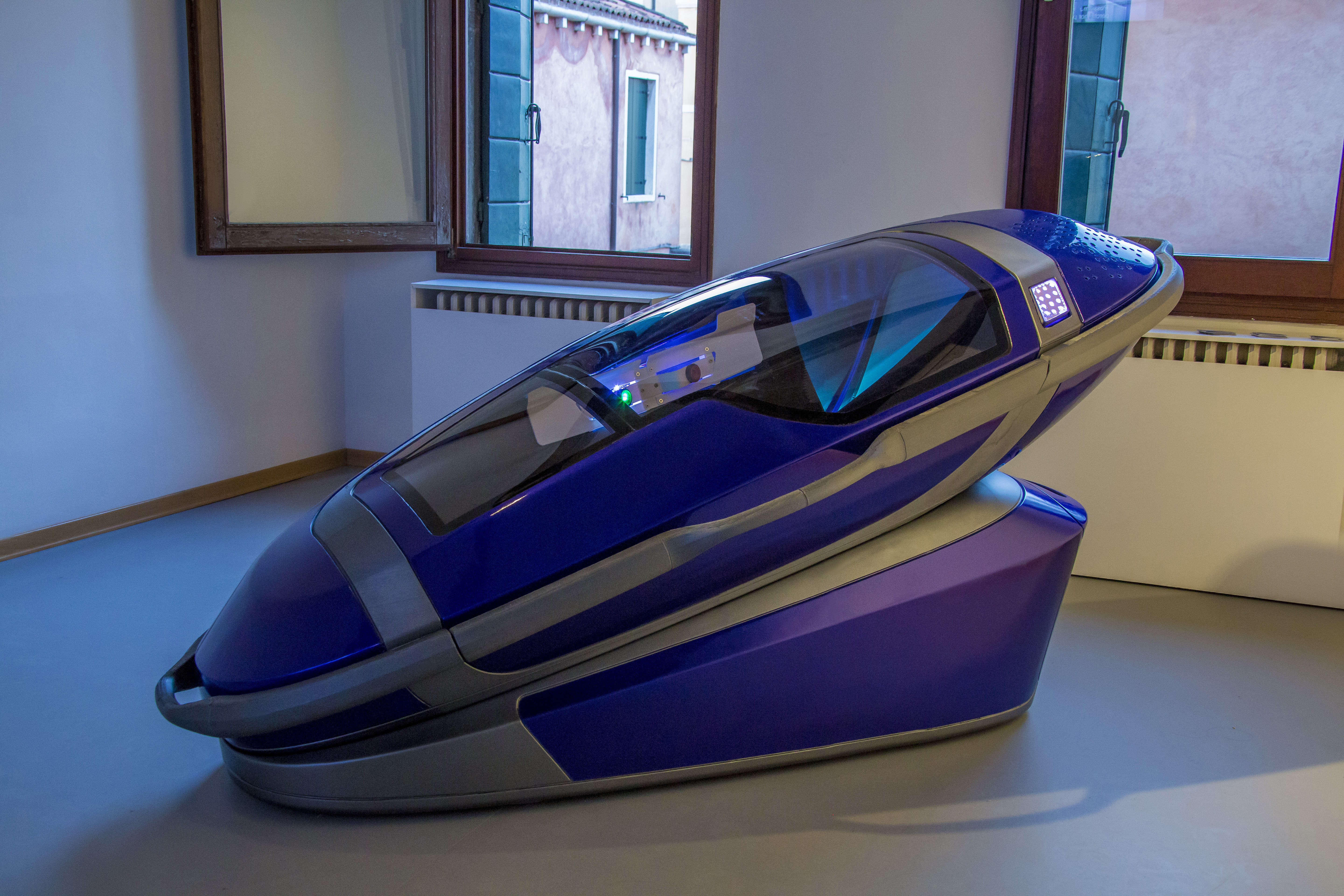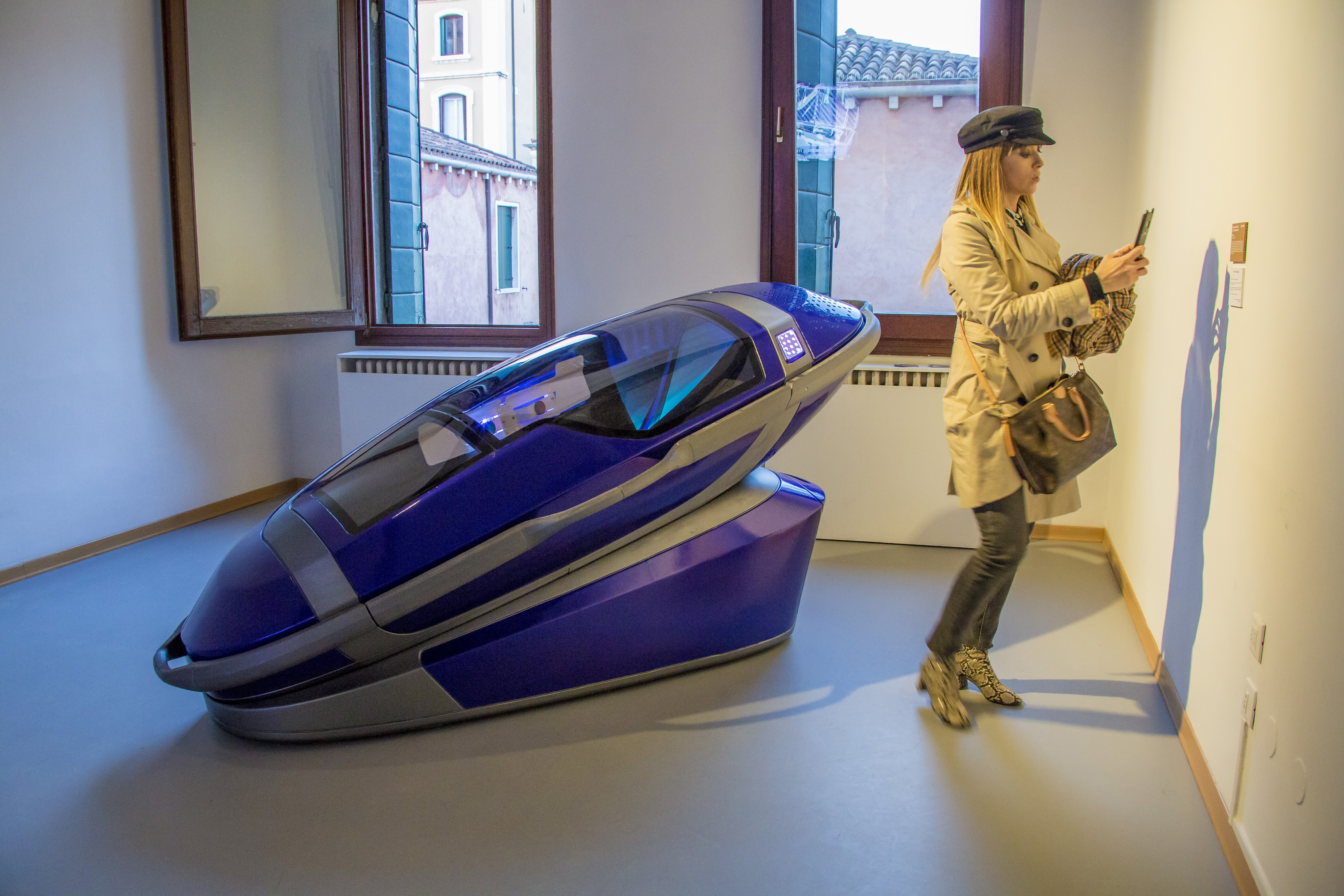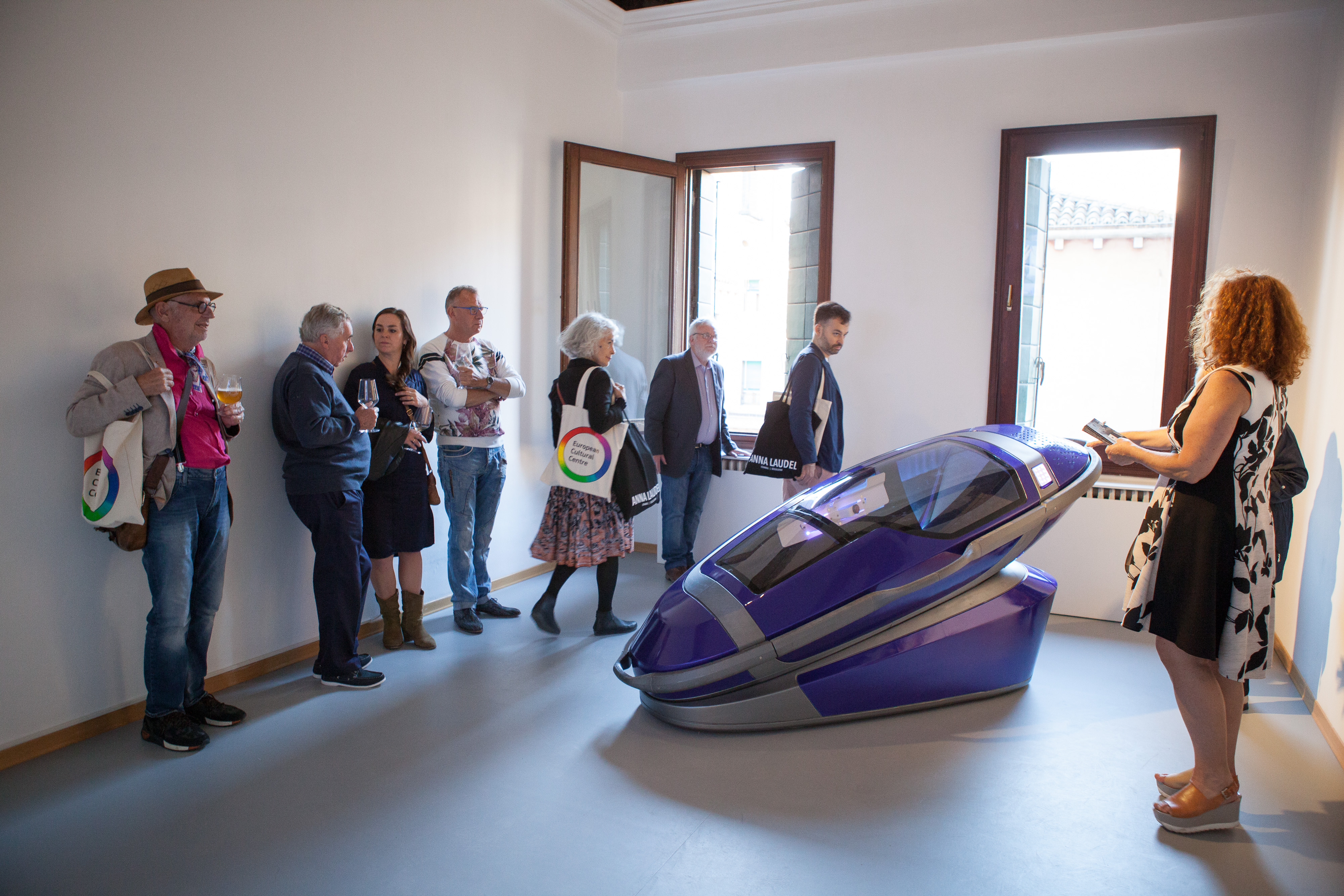Suicide on demand: The physician becomes redundant
With the help of AI, an online program processes patients' suicide requests and provides an activation code for a suicide capsule. Science fiction? Not quite.
Will artificial intelligence assess suicide wishes in the future?
In Switzerland, suicide assistance is permitted by law. Until now, it has been done by prescribing a lethal drug. The patient only receives the drug if they fulfil a series of criteria that are prescribed by law and checked by the doctor: The permanence of the wish to die, the patient's capacity of judgement, their free will, and the exhaustion of all treatment options, are some of the factors to be assessed so that the patient's wish can be granted. In addition, a doctor must confirm that the patient's life expectancy is no more than six months.
Step in, and die a gentle death
All that is to change in the future, at least if Philipp Nitschke, founder of the assisted suicide organisation "Exit International", has his way. He wants to break new ground in the field of assisted suicide with his "Sarco" suicide capsule. His invention is a futuristically designed and mobile reclining cabin, visually resembling a hybrid between a space capsule and a racing bobsleigh. It is manufactured using 3D printing and has already passed the legal test in Switzerland. Nitschke told swissinfo.ch (link in German only) that he was very satisfied with the test results and that there were no legal problems. This year, the "Sarco" should be launched on the Swiss market - so far, nothing is known about the final approval or possible cooperations with euthanasia organisations.
The particular feature about this suicide method: neither medication nor medical assistance is needed for the last journey. The debate about active euthanasia and passive euthanasia could thus become obsolete. Patients can set up the mini-spacecraft anywhere, board it and activate it themselves. The release of liquid nitrogen in the interior deprives the capsule of oxygen and leads to coma within 30 seconds. The dying person feels neither shortness of breath nor pain. Death occurs within a few minutes. Medical suicide assistance is no longer required for this type of suicide. Dying quickly, painlessly and in self-determination. That sounds like a very appropriate procedure at first glance.

© Exit International

© Exit International

© Exit International
Suicide with an online licence
However, an even more far-reaching change in euthanasia is implied by the artificial intelligence currently being developed, which, according to Philipp Nitschke, will soon make medical assessment superfluous and enable a more objective assessment of the wish to die. In the initial period in which the "Sarco" will be used, the medical opinion will continue to be decisive. But: the argument for artificial intelligence is strong, because it lies in the objectivity of algorithm-based analyses.
AI analysis saves time and money
Such an AI takes into account individual social, psychological, and biological factors, and compares them with similar demographic profiles. In this way, it can be determined with great accuracy whether the person in question actually wants to die consciously and whether they possess their own free will. In addition, the AI uses comparative data to detect when crucial factors in that person's life are expected to improve. Data analysis foresees such changes at a time when they are not yet empirically detectable and thus enables a different kind of self-determination: it can put the death wish into perspective.
In this way, it beats medical judgement hands down. Nitschke, who currently lives in the Netherlands, confirms that his AI will be programmed according to a suitability test for assisted suicide that Professor Cameron Stewart of the University of Sydney published in the Journal of Medical Ethics in 2011. The idea is that an interactive online programme will ask the person who wants to die a series of questions, analyse the answers and then, if the test is positive, generate an activation code that can be used to start the "Sarco". A quick, standardised and impersonal procedure - individualised and personalised.
Dying made easy
But that is not all. If Philipp Nitschke's idea moves forward, a person would no longer have to be in the final stage of a life-threatening illness or unacceptable suffering to legitimise their wish to die. The only criterion should therefore be the necessary life experience to justify this wish. His future AI also takes into account the associated danger of abuse: Thus, a physically healthy person must be at least 50 years old to ensure that there is sufficient life experience and maturity to end one's own life of one's own free will.
In this future vision of a self-determined death, medical advice is no longer provided. Dying becomes a computerised, individual decision. Doctors are relieved of the serious responsibility of assisted suicide and those willing to die are no longer confronted with adherence to lengthy protocols. Basically, it provides a shortcut to death, when compared to current protocols.
The implications of this innovation unavoidably extends to cases of elderly, sick, and/or depressed people who may be left alone in a position of individual vulnerability that would nudge them to proceed with opting for an end to life. This technology and AI may also raise further questions about the future of voluntary suicide for those who, despite age, need for care, and suffering, do not want to leave life voluntarily. Could socio-economic pressures clash with individual free will in cases of people who may feel like a burden or high maintenance to their communities and families? The move forward in simplifying protocols for assisted suicide is of great help for those suffering intensely due to illness and pain. And yet it may also open unintended social pressures and an imposition of cost-benefit models on those who despite their pain, or the complexity of their conditions and treatments, would still want to hold on to life.


